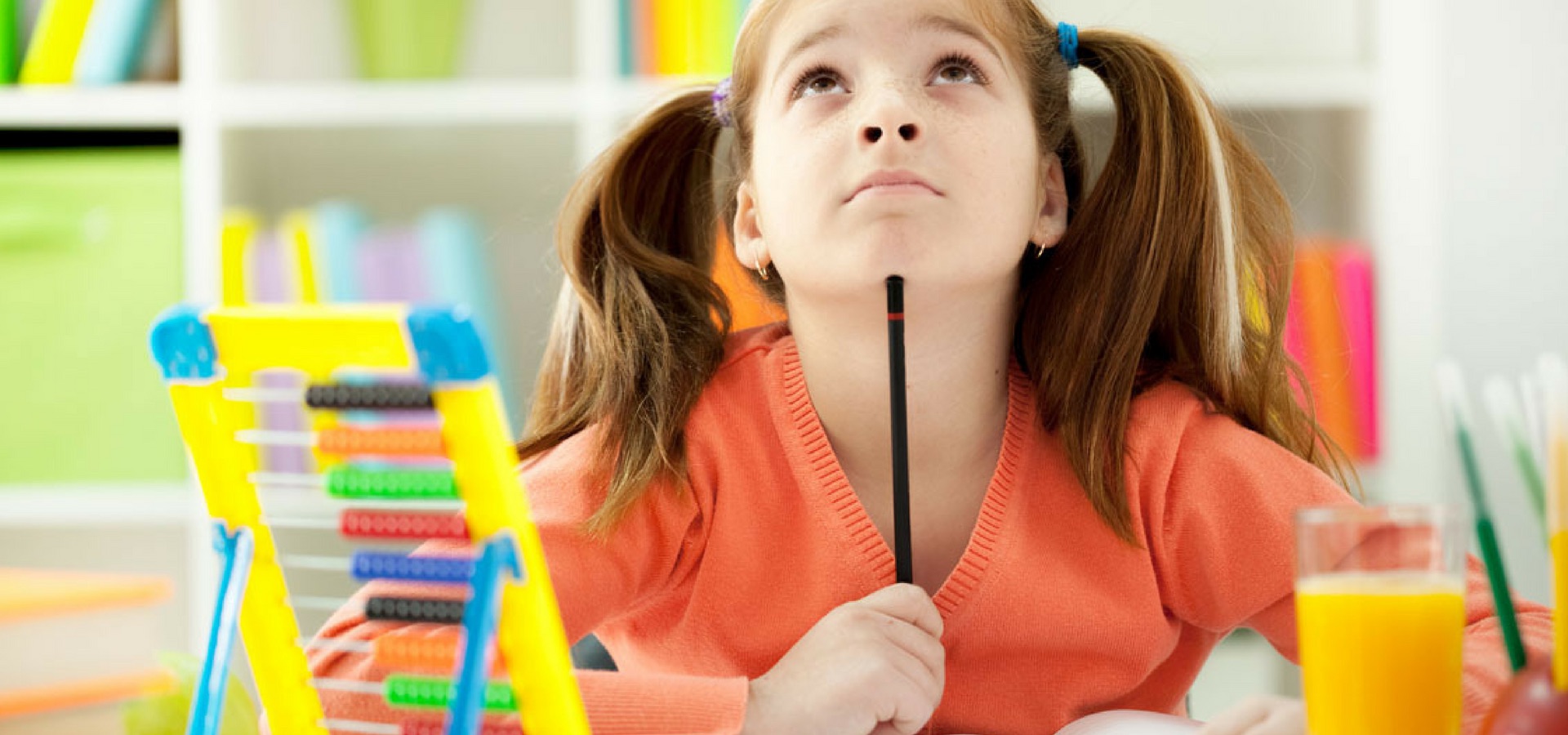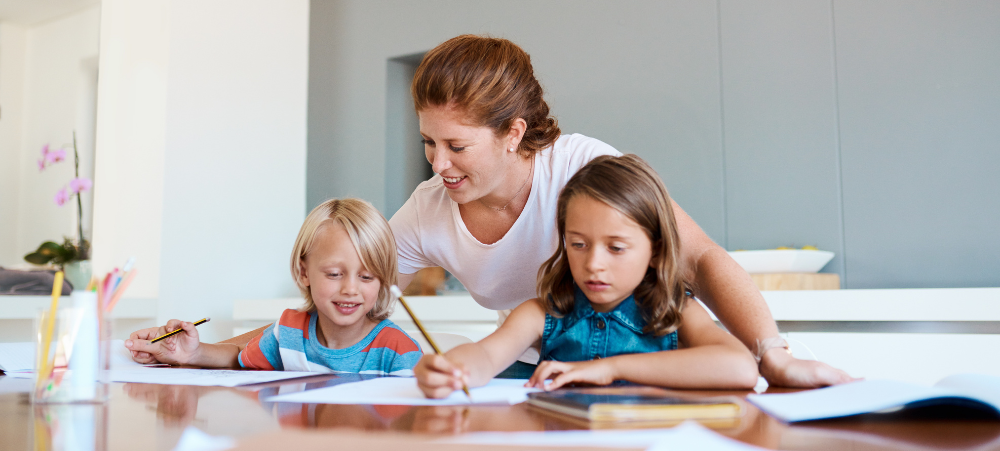Problem: A Playdate is Going Downhill Stay OUT If… The tiff is rankling your nerves, not theirs. A good example is if your daughter’s friend proclaims their teacher likes her better than your daughter. If your daughter is unfaxed, even if you’re steaming, leave it alone. A good rule of thumb to follow is: You want to problem-solve with them, not for them. In fact, even loud voices don’t necessarily signal a kid crisis. Flare-ups between your child and a friend can sound testy, but they almost always blow over. Most of the time they work it out, and two minutes later, they’re playing again. Butt In If… The yelling picks up, the dreaded “I want to go home!” is uttered, or, worse, somebody gets thumped. “That’s when I’d intervene,” says Nancy Moreland, a mother of three from Port Elizabeth. Usually, Moreland says, intervention means offering guidance about how to play fair. But sometimes, she adds, if things are really bad, it’s more of a “swoop in and rescue” mission, either helping them start a new game or having them take a break for a snack, which is almost always a quick peacemaker. Problem: Your First-Grader’s Face Drops When He Loses A Family Game. Stay OUT If… You’re afraid losing will hurt his feelings. Losing is one of those stinky facts of life — and it’s no fun to watch, either — but that doesn’t mean you should save your kids from the experience. Once kids are 6 or 7, they should be able to get the concept of winning and losing. “I tell my boys, ‘Everybody gets to win sometimes and lose sometimes,’” says Lisa Porter of Johannesburg, the mom of Ben and Evan, ages 7 and 5. Usually the agony of defeat is forgotten more quickly than you might think, she adds. Butt In If… You start to hear claims like “You cheated!” Cries of foul play can quickly escalate, so redirect your kids to something less competitive. They may also mean a particular game is over their heads. One or both of the kids just may not get the rules or understand what counts as cheating. Problem: Your Child Seems to Have Been Bumped Down on the Sports Rung. Stay OUT If… He doesn’t appear to be bothered by the situation. “Paul is not very competitive, but I am,” admits Rachel Black of Cape Town, whose 11-year-old son recently joined a swimming team. “When he got moved to the slower ‘learning lane,’ I kept worrying that he was going to be sad about it. But in reality, I’m the one who’s sad — he’s fine with it, and I love that about him.” Butt In If… He’s crying “foul” or getting no playing time at all. Grade-school sports are supposed to teach skills by giving everyone a shot — not just the stars. A child with an eye on a top spot should be encouraged to earn it. “Help him talk to the coach and ask, What do I have to do to get to play that position?. Don’t hesitate to speak up yourself if you really feel the coach is being unfair. “It was hard to bring up, but since we did, the coach has been playing most of the kids a fair amount and given our son recognition that has boosted his confidence,” says Angie Tollefson of Cape Town, who became concerned when her 9-year-old started spending most of his soccer games on the sideline. “The coach said that he honestly didn’t realize our son was missing out.” Problem: The Siblings are Squabbling… Again. Stay OUT If… You feel the need to defend the “wronged” child. Frequently taking the side of her youngest child, Willa, often led to hard feelings on the part of her oldest, Emma, recalls Andrea Lehman of Pretoria. Lehman eventually learned that it’s better for nonphysical battles to be worked out by the kids, even if the “negotiations” are hard to bear. Even those younger, seemingly defenseless siblings need to at least try to stand up for themselves. One child ratting out the other may mean the tiff is getting too big for them to handle on their own. Even then, you don’t have to referee. Sometimes, says Lehman, a calm “I think you two are very capable of solving this” can be just the encouragement they need. Butt In If… The conflict escalates, physically or to the point of screaming or crying. There should be a zero-tolerance rule for pushing, hitting, bad words — even if your younger guy is bullying the older one. “My mantra is, ‘You may not call names, and you may not scream,’” says Lehman. “When it gets to the point that the neighbors are hearing every word, I play the Mom card.” “It’s perfectly fine to say, ‘You know what, this is not okay. That’s not what we want to do in this family, and I’m calling a time-out. You guys go to your separate corners,’”. Regroup later when everyone has cooled off to talk about how the situation got out of control and how they could better handle it next time. Problem: Your Child Decides to Dump a Friend. Stay OUT If… She’s just expressing her own likes and dislikes. Preschoolers are usually happy with anyone we pair them up with, but school-age kids have stronger feelings. And as much as we’d love our kids to enjoy the company of certain acquaintances — like our friends’ offspring — they’re entitled to choose whom they pal around with. If your kid is mouthing “No way” when you’re on the phone with another parent, you need to respect that. She might know something you don’t. Maybe a former friend has gotten involved in a nasty clique, or that kid from preschool has turned into a bus bully. Susan Tohn of Pretoria, tortured her 9-year-old daughter, Lainie, by scheduling frequent activities with a particular classmate in spite of her daughter’s protests. “Turns out, the other kid



































